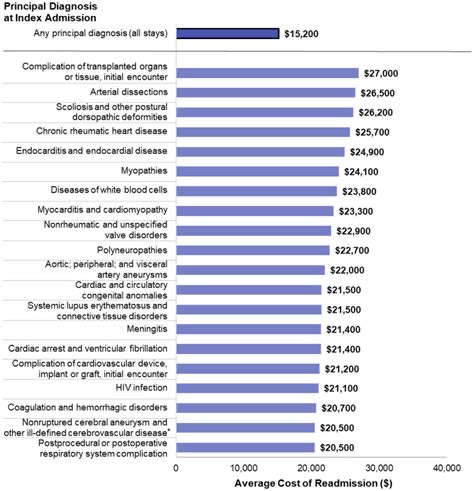Breaking Down the Most Expensive Diagnoses in Healthcare: Primary and Secondary
In the U.S., healthcare costs are rising, with certain diagnoses driving a disproportionate share. Let’s examine the primary and secondary diagnoses that contribute most significantly to these expenditures.
Top High-Cost Primary Diagnoses:
Cardiovascular Diseases
Cardiovascular diseases account for roughly $216 billion in direct medical costs annually in the U.S. Heart failure alone costs about $30.7 billion per year, with over 6.2 million adults diagnosed.
Cancer
In 2020, cancer care costs exceeded $183 billion. Lung, breast, and colorectal cancers are the most expensive, with treatment costs for metastatic cancers reaching up to $200,000 annually per patient.
Diabetes Complications
Diabetes costs the U.S. healthcare system approximately $327 billion per year, with $1 out of every $7 healthcare dollars spent treating diabetes and related complications.
Chronic Obstructive Pulmonary Disease (COPD)
COPD’s direct medical costs in the U.S. amount to around $49 billion annually. Hospitalizations due to COPD exacerbations represent a significant share of this cost.
Mental Health Disorders
The U.S. spends over $280 billion per year on mental health services, with an estimated 1 in 5 adults experiencing mental illness annually. Depression alone is estimated to cost the economy $210.5 billion per year, factoring in both medical costs and productivity losses.
Secondary Diagnoses and Complications:
Secondary diagnoses, often co-existing with primary conditions, can amplify overall healthcare costs through extended hospital stays, additional treatments, and increased care complexity.
Hypertension
Nearly 50% of U.S. adults have hypertension, costing around $131 billion annually. When paired with cardiovascular disease or kidney disease, these costs can rise significantly.
Kidney Disease
Chronic kidney disease (CKD) costs over $120 billion per year in the U.S., with end-stage renal disease (ESRD) alone representing $49 billion. Diabetes and hypertension are leading causes of CKD.
Infections (Sepsis)
Sepsis accounts for more than $62 billion annually, primarily from prolonged hospital stays and intensive care. It often complicates other diagnoses, raising mortality rates and treatment costs.
Obesity
Obesity-related medical costs reach $173 billion annually. Obesity is a significant cost driver across many diagnoses, especially those related to diabetes and cardiovascular conditions.
Mental Health Conditions
Patients with co-existing mental health issues experience nearly 2-3 times higher healthcare costs than those without. Depression, for example, is frequently seen with chronic illnesses, increasing overall care expenses.
Why These Numbers Matter:
These statistics highlight the financial toll of managing high-cost diagnoses. By targeting prevention and early intervention strategies for these conditions, we can make strides toward better outcomes and more sustainable healthcare spending. Addressing the complexities of primary and secondary diagnoses isn’t just about cost control—it’s about improving quality of life for millions of patients.


